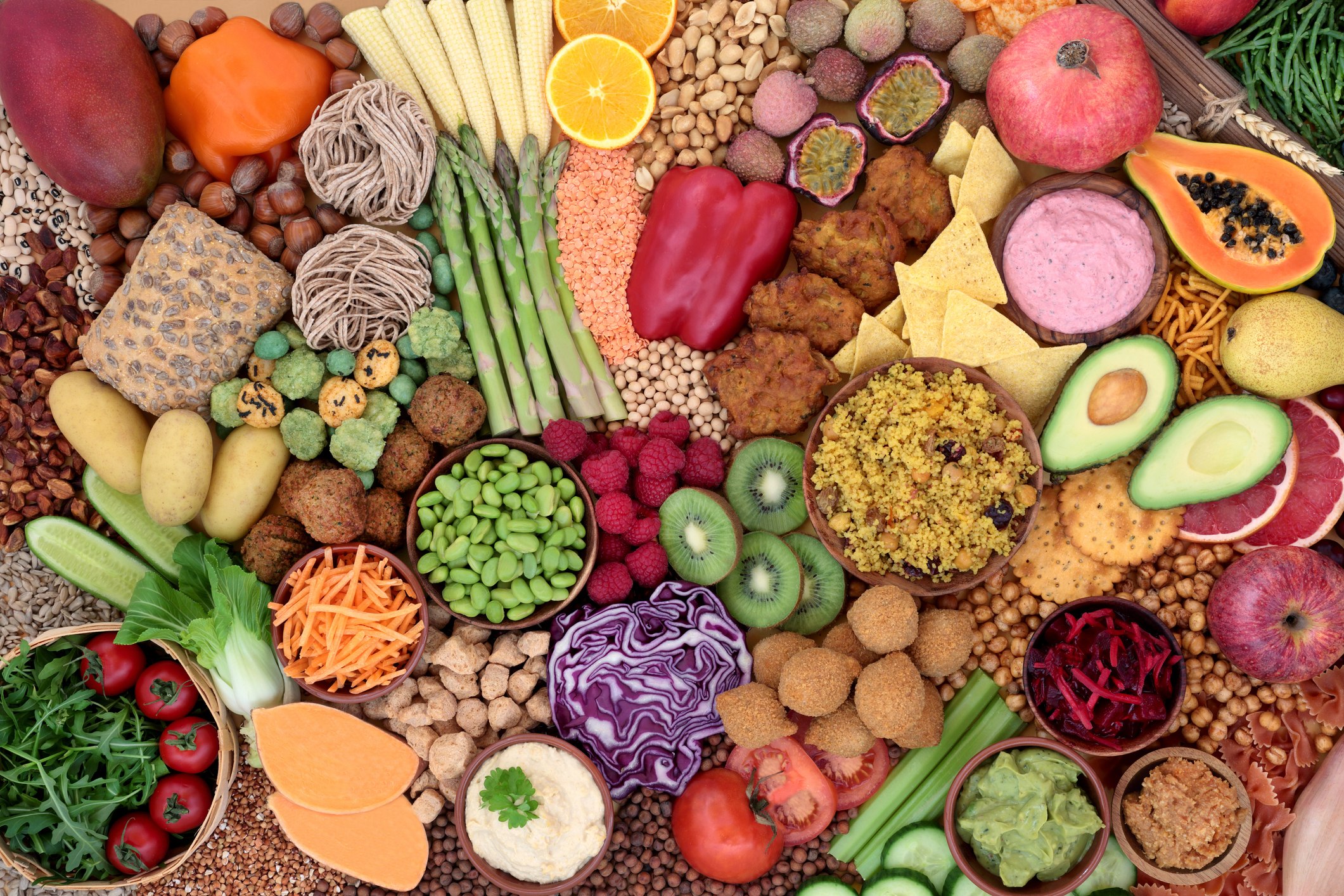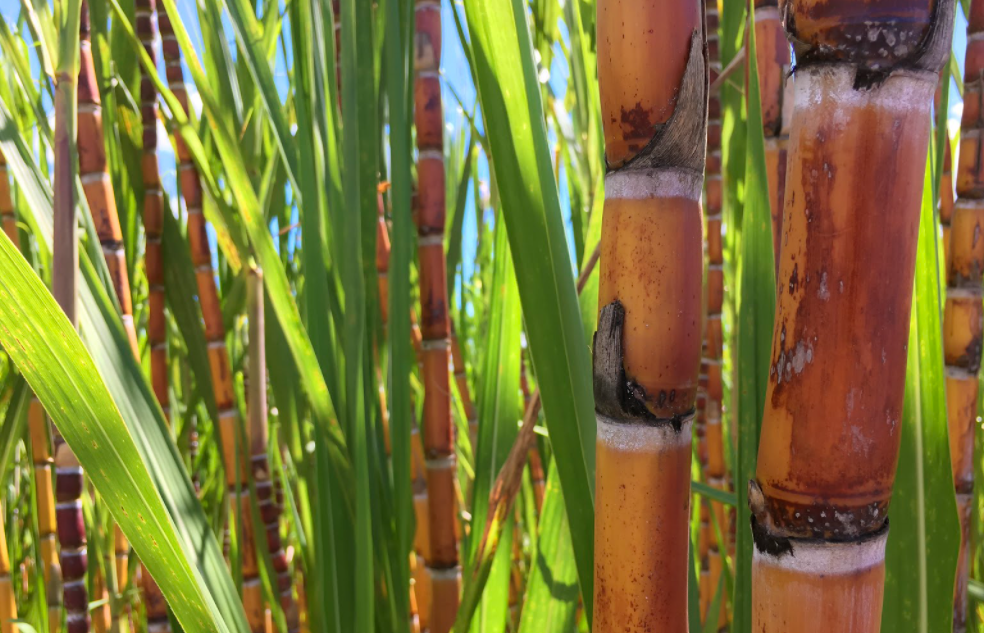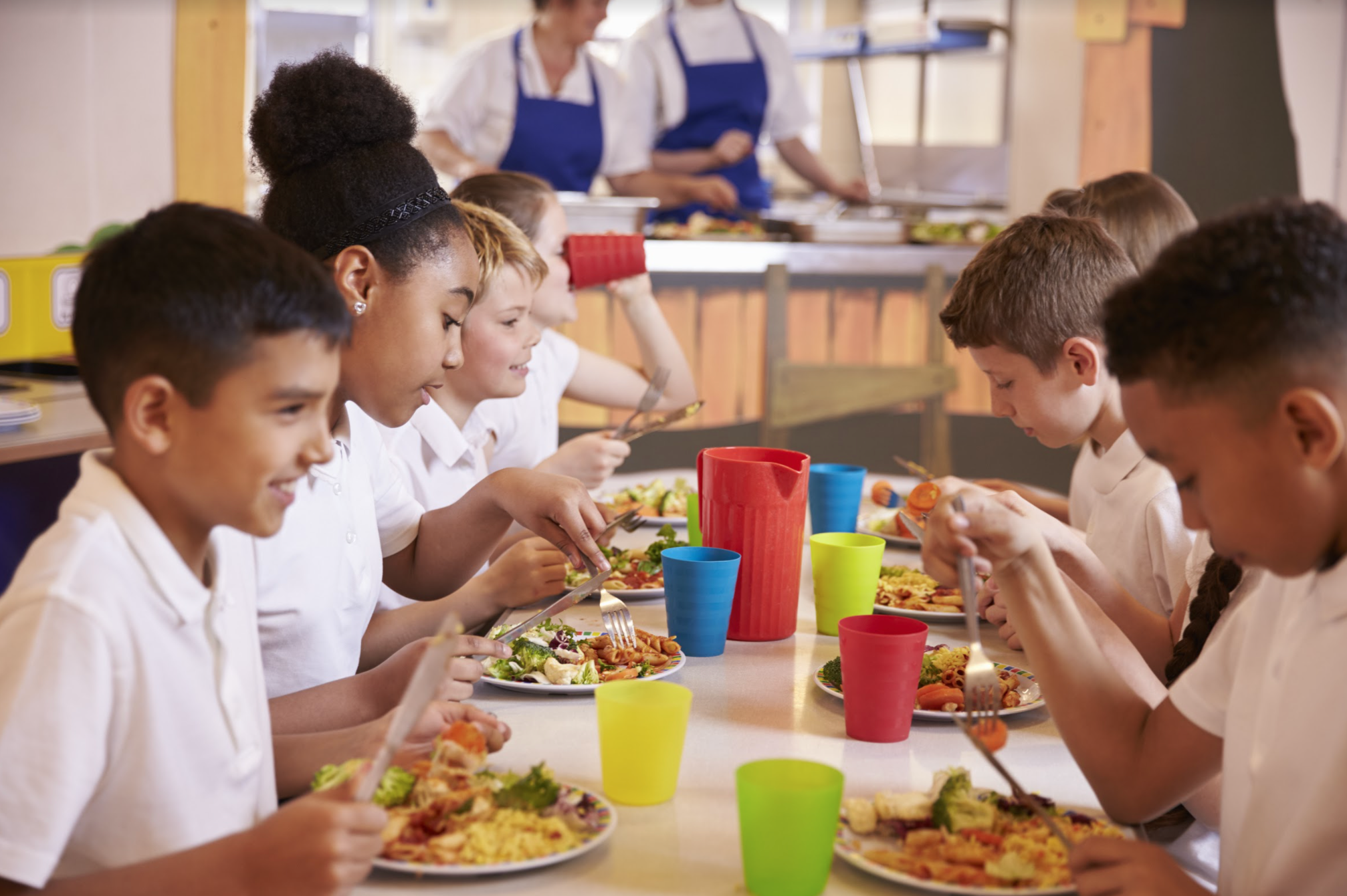Learning objective
Knowledge
- To identify how to have a balanced diet.
Working scientifically
- To interpret collected results.
Success criteria
Knowledge
- I can name foods in each group.
- I can
This content is for subscribers only. Join for access today.
National curriculum
Science
Animals, including humans
Pupils
This content is for subscribers only. Join for access today.
Cross-curricular links
Mathematics
Measurement
Pupils should be
This content is for subscribers only. Join for access today.
Before the lesson
This content is for subscribers only. Join for access today.
Lesson plan
Recap and recall
Display the Presentation: Explain the answer.
This content is for subscribers only. Join for access today.
Extended-mode explainer videos
How to extend your display to view the lesson page and preseantion mode simultaneously. Choose your operating system below to watch the video
If you need further support with extending your display,
please contact [email protected].
Extended-mode explainer video: For Mac
Extended-mode explainer video: For Windows
Adaptive teaching
Pupils needing extra support
Could use the ingredients from the example shopping bag and then add one or two of their own choice; could cut images from the balanced plate rather than draw the foods.
Pupils working at greater depth
Should design a shopping bag with dietary modifications (e.g. for a vegetarian).
This content is for subscribers only. Join for access today.
Assessing progress and understanding
Pupils with secure understanding indicated by: recognising that a decreasing time or increasing
This content is for subscribers only. Join for access today.
Vocabulary definitions
-
carbohydrates
The food group of rice and potatoes that gives the body energy.
-
dairy
The food group of milk that helps bones stay healthy.
This content is for subscribers only. Join for access today.





